McDonald's & China: Understanding National Culture for Business
VerifiedAdded on 2023/06/12
|9
|646
|460
Report
AI Summary
This report examines China's national culture through various models, focusing on how cultural effects differentiate Chinese employees and how McDonald's can leverage this culture for business. It highlights McDonald's entry strategy via franchising and the need to understand organizational culture, employee preferences, and customer expectations in the Chinese market. Using Hall's cross-cultural model, the report analyzes China as a high-context culture, emphasizing factors like overtness of messages, locus of control, non-verbal communication, group cohesion, and commitment to relationships. It concludes that the Chinese society values long-term relationships and process over product, influencing how McDonald's should adapt its business practices.
1 out of 9

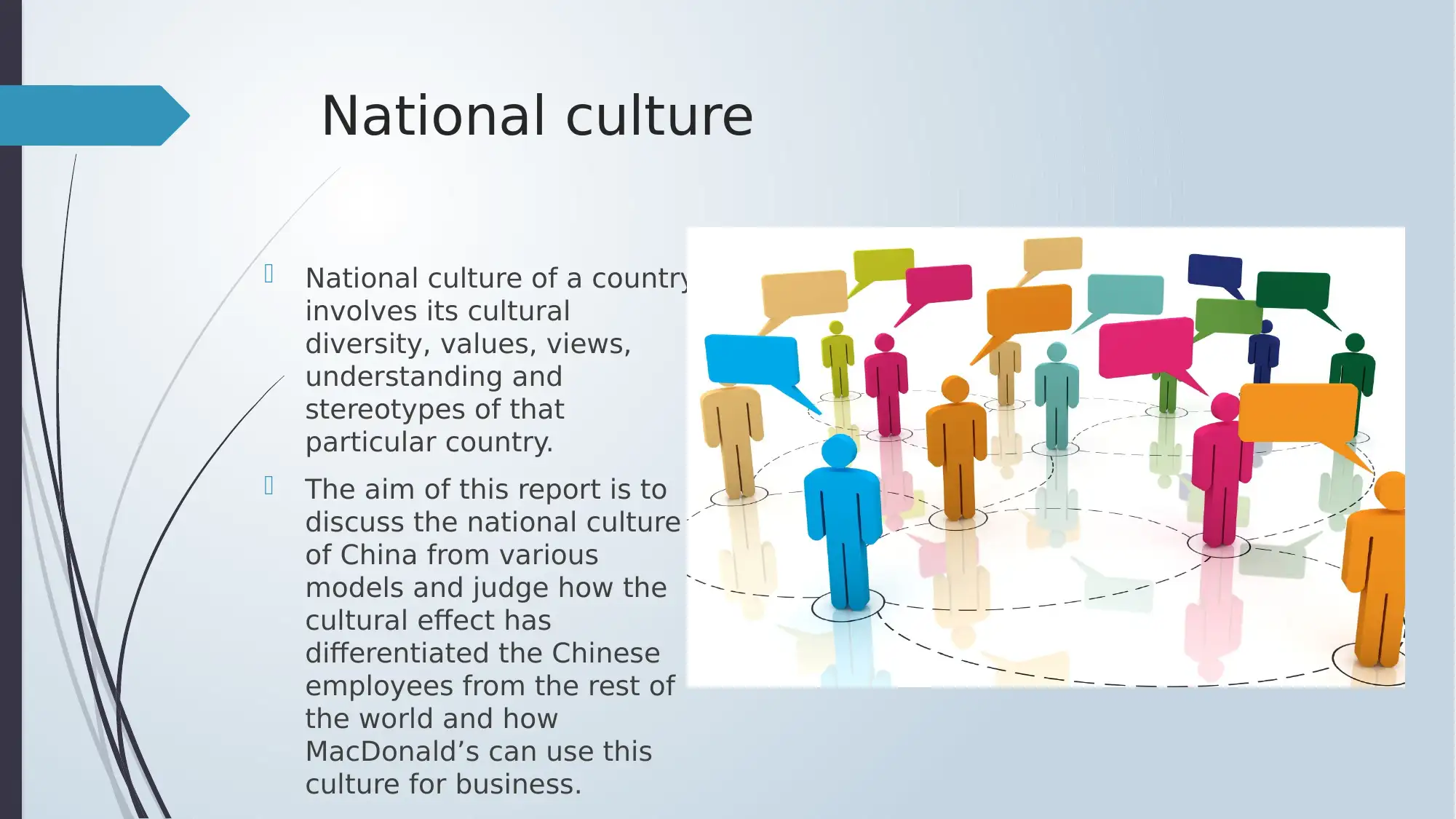
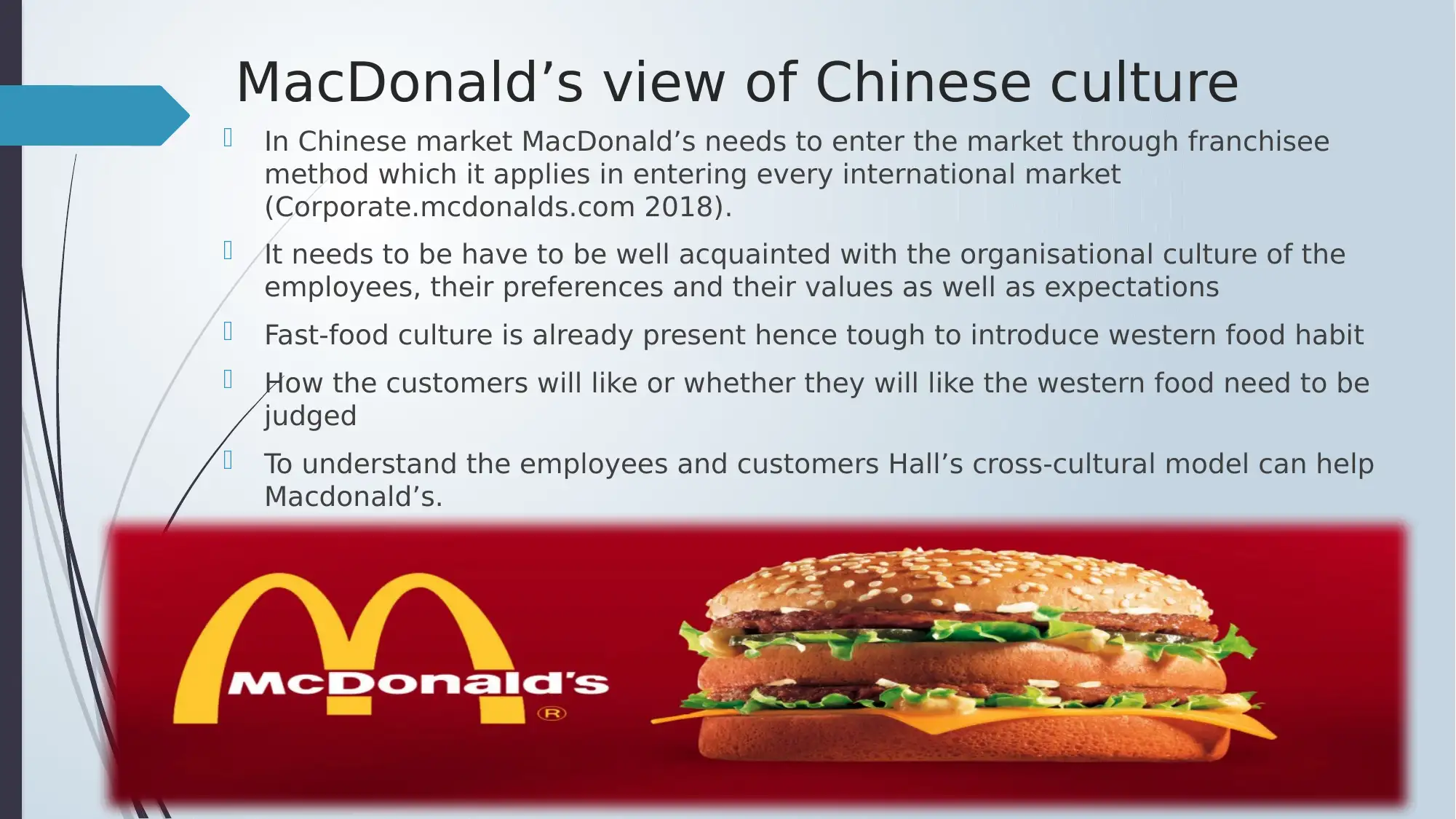

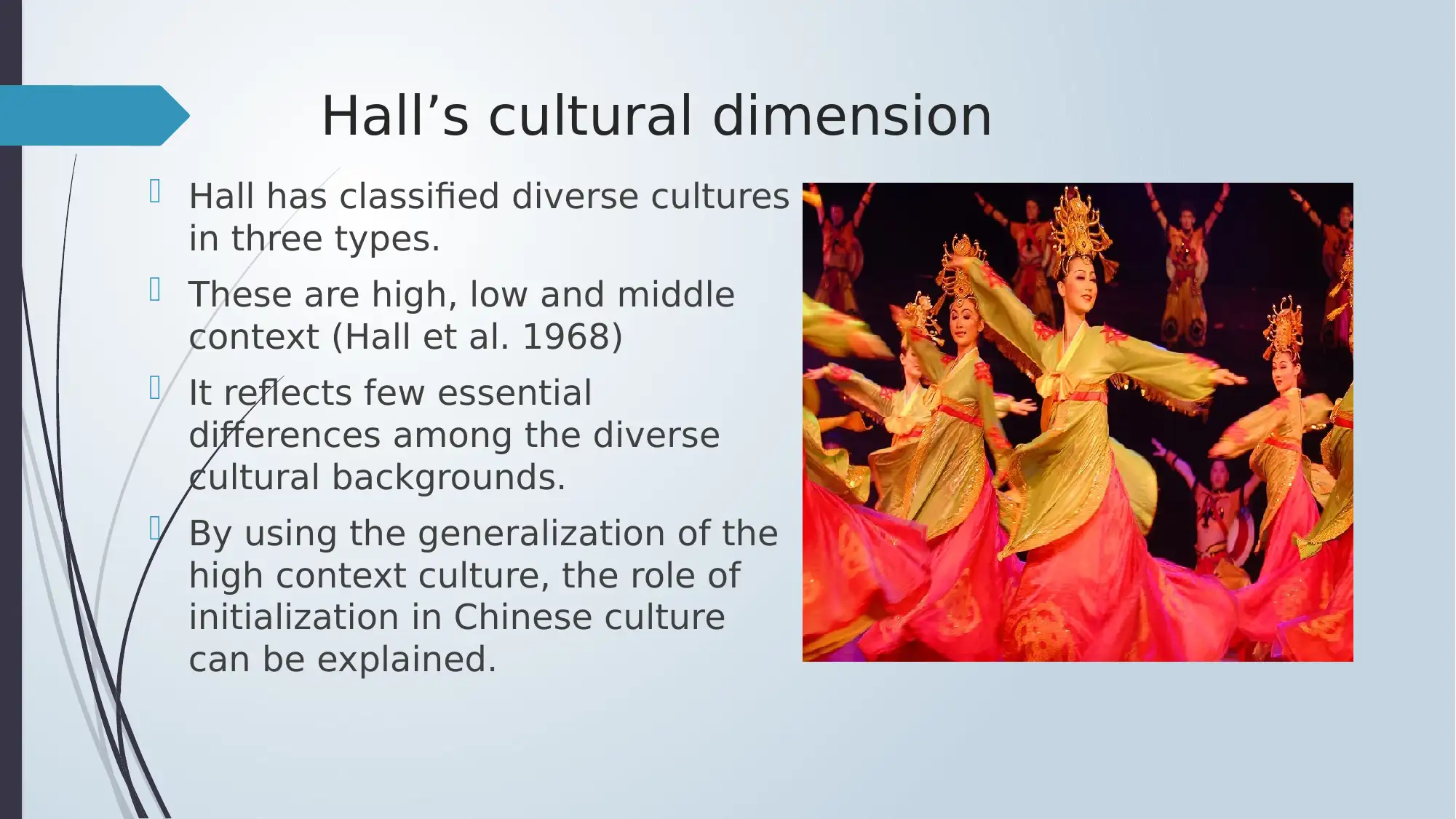
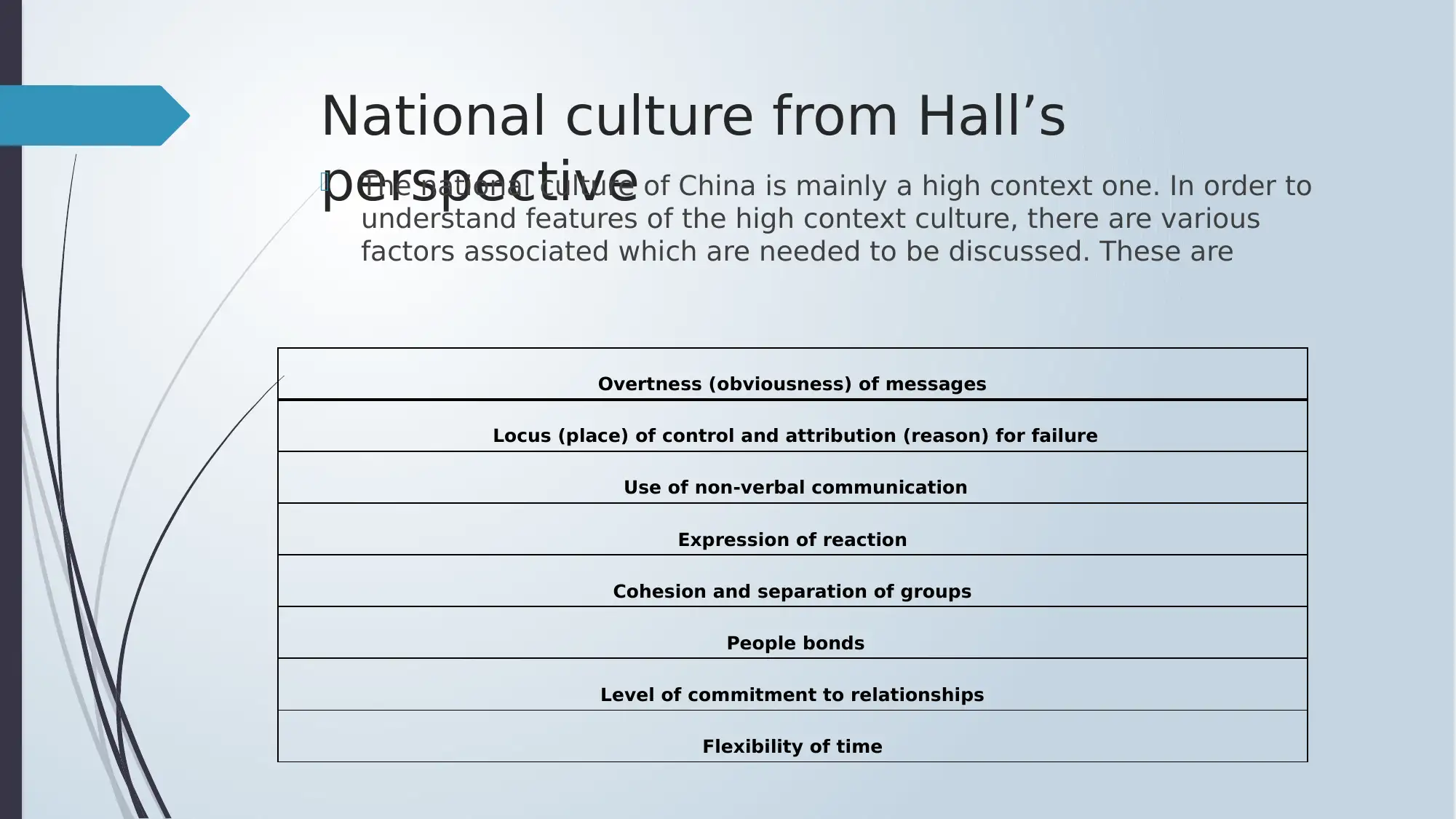
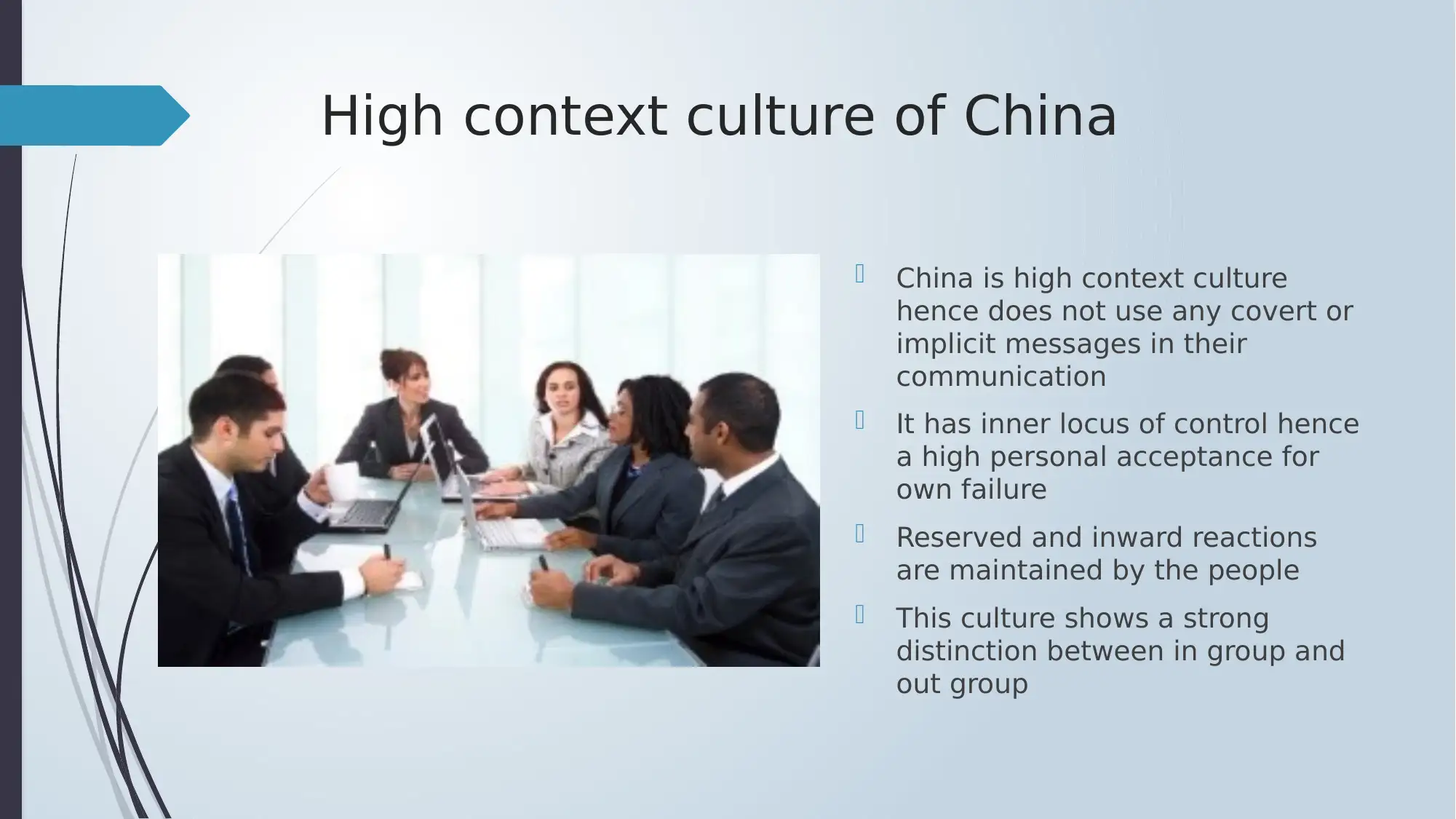
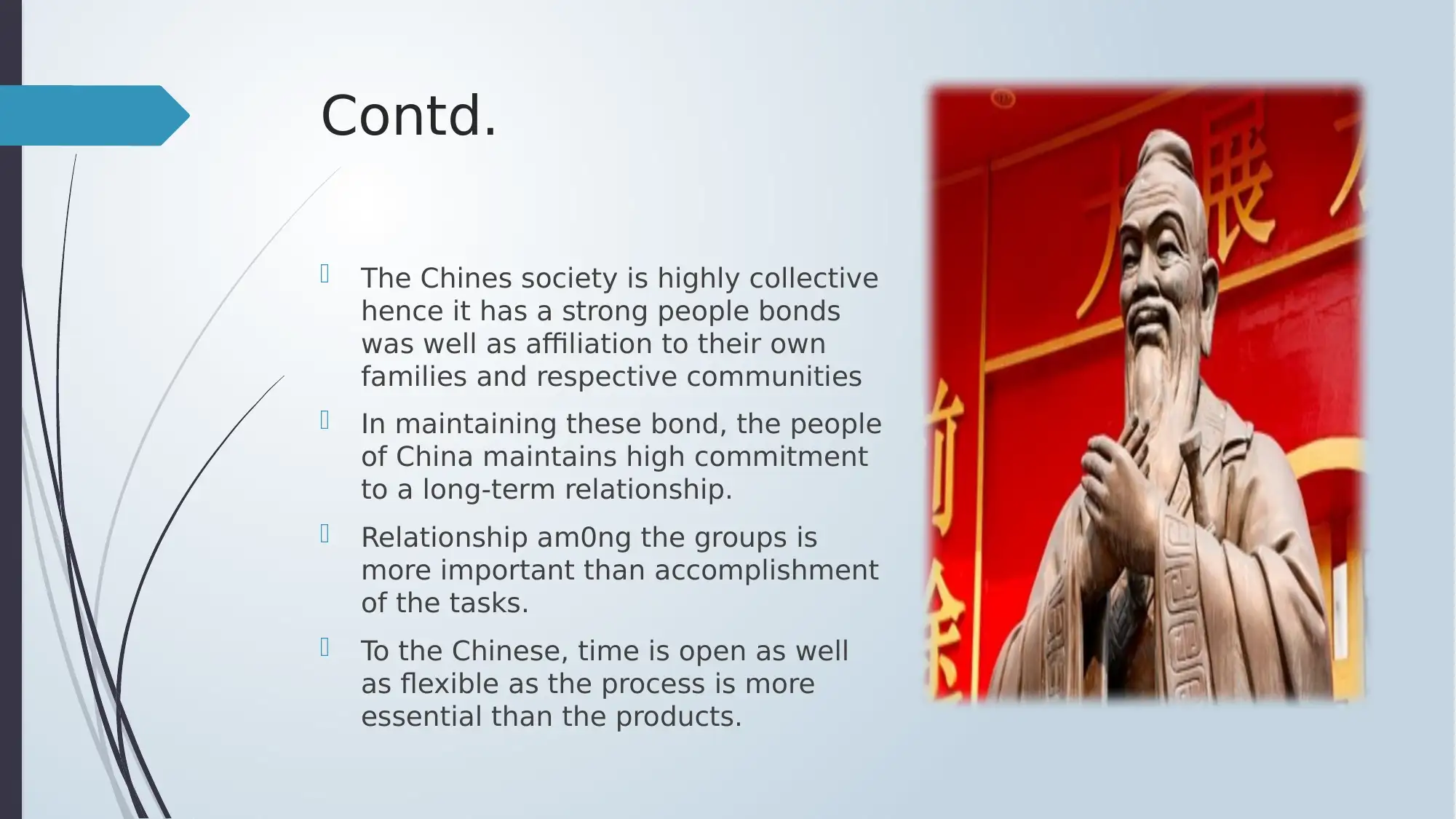
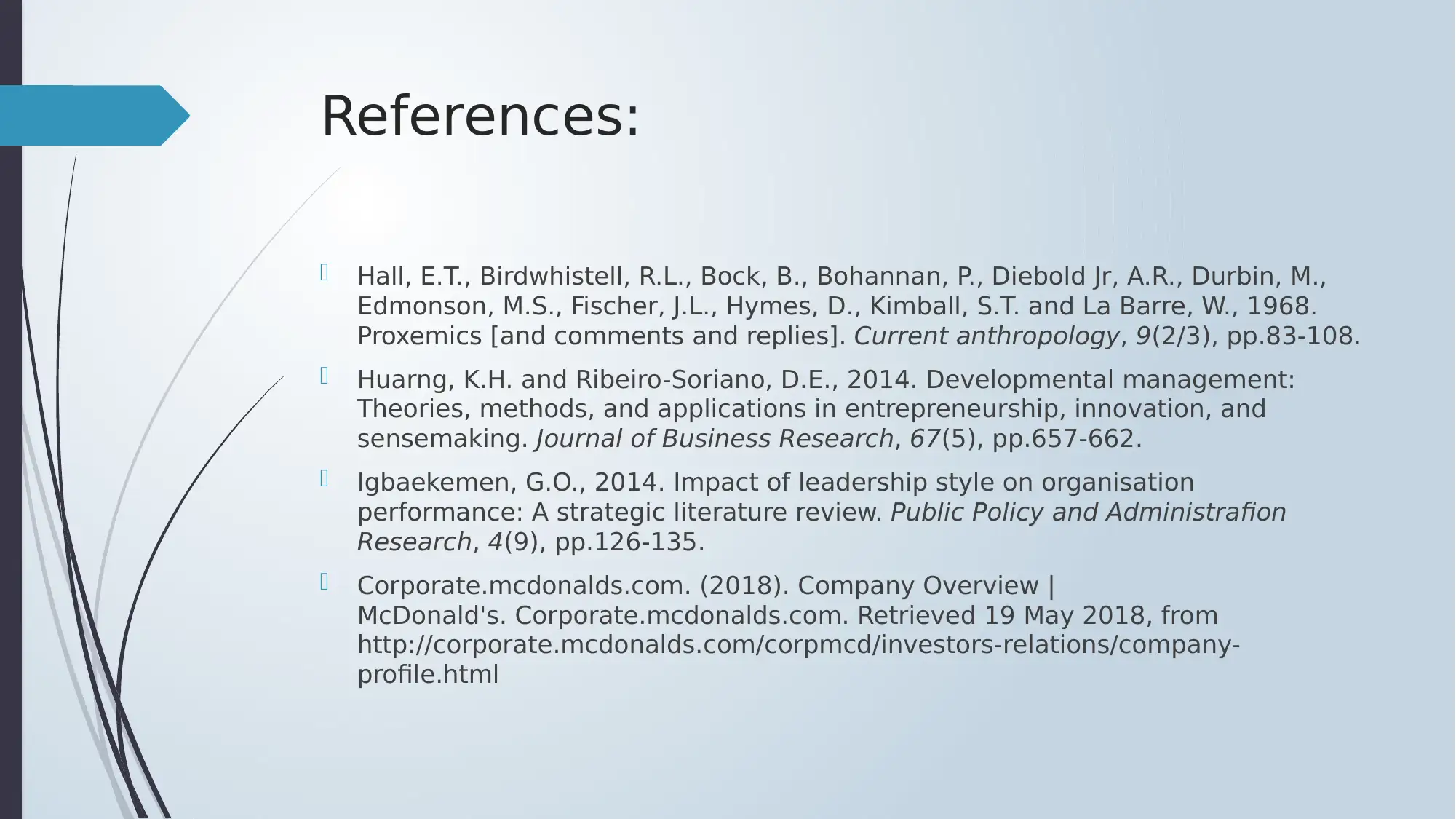



![[object Object]](/_next/static/media/star-bottom.7253800d.svg)